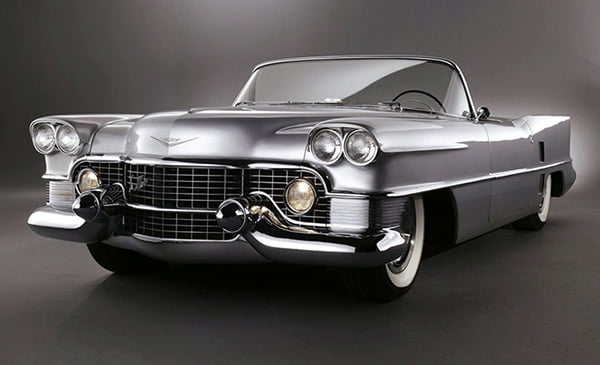The Change – Pilates Method
The Pilates Transformation
When the change begins, what transformation could you expect? The overhaul of your human machine through the Pilates training method will enhance balance, spine alignment, stability, core strength, hip flexibility and much more. Each movement you make will be executed with precision and grace. Applying the 6 principles of Pilates to your workout session will bring about the following changes:


Concentration
Without proper focus and concentration, Pilates are useless. You have to concentrate on your entire body for smooth, precise movements. This may not be easy, but in Pilates, the way the exercises are executed is more important than the exercise itself. No aimless up and down left to right movements without a goal is acceptable. At a Health and Science University in the USA, the concentration factor of the Pilates method was being studied in providing relief from the degenerative symptoms of Parkinson’s disease. What does that show us?
Centering
If you want to control your body, you need a starting point, the centre. The centre is the focal point of the Pilates method. Many instructors refer to the group of muscles in the centre of the body as the “powerhouse”. Your core muscles are the abdomen, lower and upper back, hips, glutes and inner thighs. All movement in Pilates should begin from the powerhouse and flow outward to the limbs. The powerhouse of the body area is between the lower ribs and pubic bones. Pilates will train you to initiate all body movement from your core or centre of the body.
Control
Previously named “Contrology”, this method is based on the idea of muscle control. Nothing about the Pilates Method is haphazard. You need to concentrate so you can be in control of every aspect of the moment. All exercises are done with absolute control of the muscles working to lift against gravity and the resistance of the springs on the machines. Thereby controlling the movement of the body and the apparatus is achieved. The Pilates Method teaches you to be in control of your body and not at its mercy.
Flow
Pilates aims for elegant sufficiency of movement, creating flow through the use of appropriate transitions. Once precision has been achieved, the exercises are intended to flow into each other to build strength and stamina. The Pilates technique asserts that physical energy exerted from the centre should coordinate movements of the extremities. Pilates is a flowing movement initiated from the centre (powerhouse), flowing outwardly.
Precision
Precision is essential. You need to concentrate on the correct movements each time you perform them, lest you do them improperly and lose all the vital benefits of their value. One precise and perfect movement is far more valuable than 100 half-hearted ones. Physical, cultural wisdom says: “You will gain more strength from a few energetic, concentrated efforts than from a thousand listless, sluggish movements.” The idea is for this precision to become second nature in your everyday life and let your daily movements be full of grace and elegance.
Breathing
Breathing is another important aspect of the Pilates method. Joseph saw considerable value in increased intake of oxygen and the circulation of this oxygenated blood to every part of the body. He realised that this had a cleansing and invigorating effect on the body. Proper full inhalation and complete exhalation were keys to this. Pilates saw forced exhalation as the key to full inhalation. He advised people to squeeze out their lungs as they would wring a wet towel dry. When you do Pilates, you should breathe out with the effort of the exercise and breath in on the return to the starting point. By keeping the lower abdominals close to the spine as you breathe in, oxygen will be directed laterally into the lower rib cage. The Pilates breathing technic is described as posterior lateral breathing, meaning that the person is instructed to breathe deep into the back and side of their rib cage. When they exhale, they are instructed to note the engagement of their deep abdominal and pelvic floor muscles and maintain this engagement as they inhale. Pilates attempts to properly coordinate this breathing practise with movement, including breathing instructions with every exercise. Above all, learn to breathe correctly, for every intake of fresh air is filled with life-giving oxygen, and it is for free.There are many benefits from doing Pilates. It develops every aspect of physical fitness, including strength, flexibility, coordination, endurance and the above-mentioned aspects. More benefits are:
- Spatial and body awareness
- Release of tension in the body and mind
- Improved posture and body alignment
- Correction of mild symptoms of Lordosis and Kyphosis
- Improved flexibility in your joints and spine
- Stronger and more lean toned muscles
- Weight and centimetre loss
- Improved energy levels
- Proper posture and flexibility makes you look and feel years younger
A Pilates quote:
“The art of Contrology proves that the only real guide to your true age lies not in years or how you think you feel, but as you actually are, as infallibly indicated by the degree of natural and normal flexibility enjoyed by your spine throughout life.”
